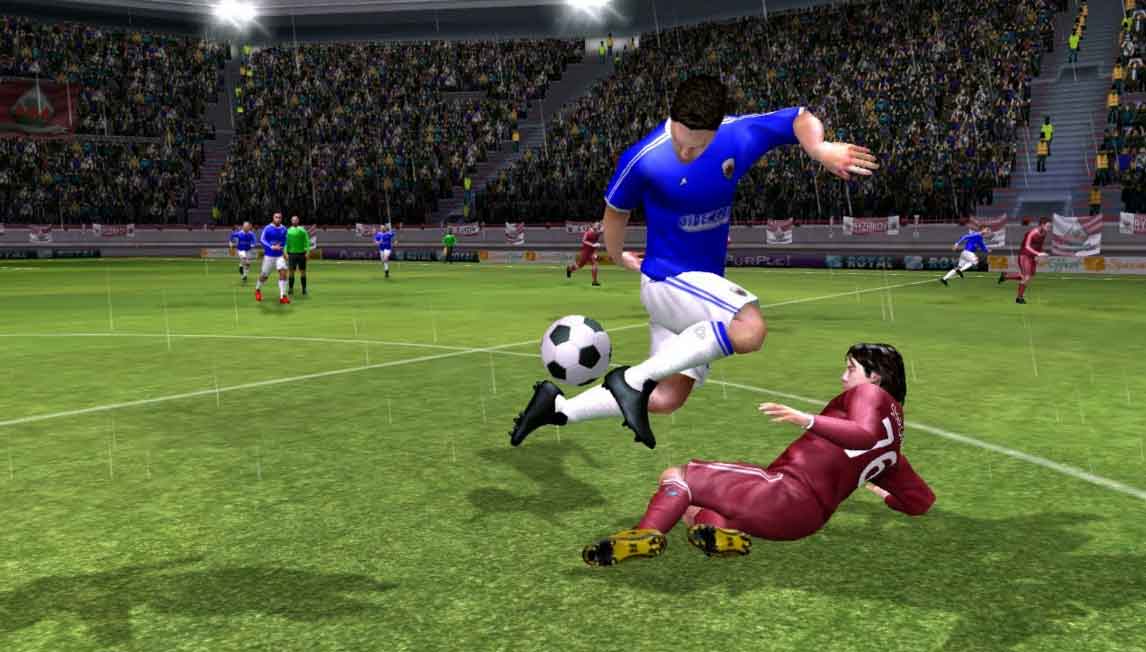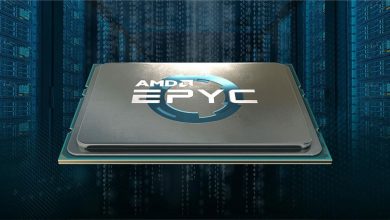
Play Store today’s biggest marketplace for apps, is rolling out its new feature in PlayStore. Today we have our first glimpse about the new Updates tab and sorting methods available in new UI of PlayStore.
With the screenshots below it is easy to understand the new UI which enhances the user interface.
Interface/New UI :
Instead of all and installed tabs which you see now for apps you have on your device , there’s a new tab for Updates. This, updates tab inform about which apps requires Updates, as well as the size of update and date of the update on which it was posted. You can still update separately or in batch, its upto you.
The installed tabs list all the apps which are available on device. With some notable changes, apps like Gmail.com official app, Allo, Facebook and etc can be filtered alphabetically, by size, by last update time and by last used time. The apps themselves have open tab button, through which apps can be opened up directly. Also, new is the complete app size; for example, the Google app shows 233 MB but in Updates tab it shows 20 MB for its update . Finally, there is a last used timestamps, in minutes, in hours, in days.
I still have so many questions regarding this new UI, like where the beta apps are now. Additionally, what the dogfood icon near to search icon does. Moreover, you also have list of apps installed on other devices aside from “On this device” in Installed Tab.
We have received very few tip about this new interface, it seems to be very few server-side roll out. Let us know if you’re seeing it as well. Also, answers to doubts will be appreciable for us.





It seems better that Google is going to add the estimated update size of the app rather than showing the actual file size of complete app. Also the sorting features sounds amazing.